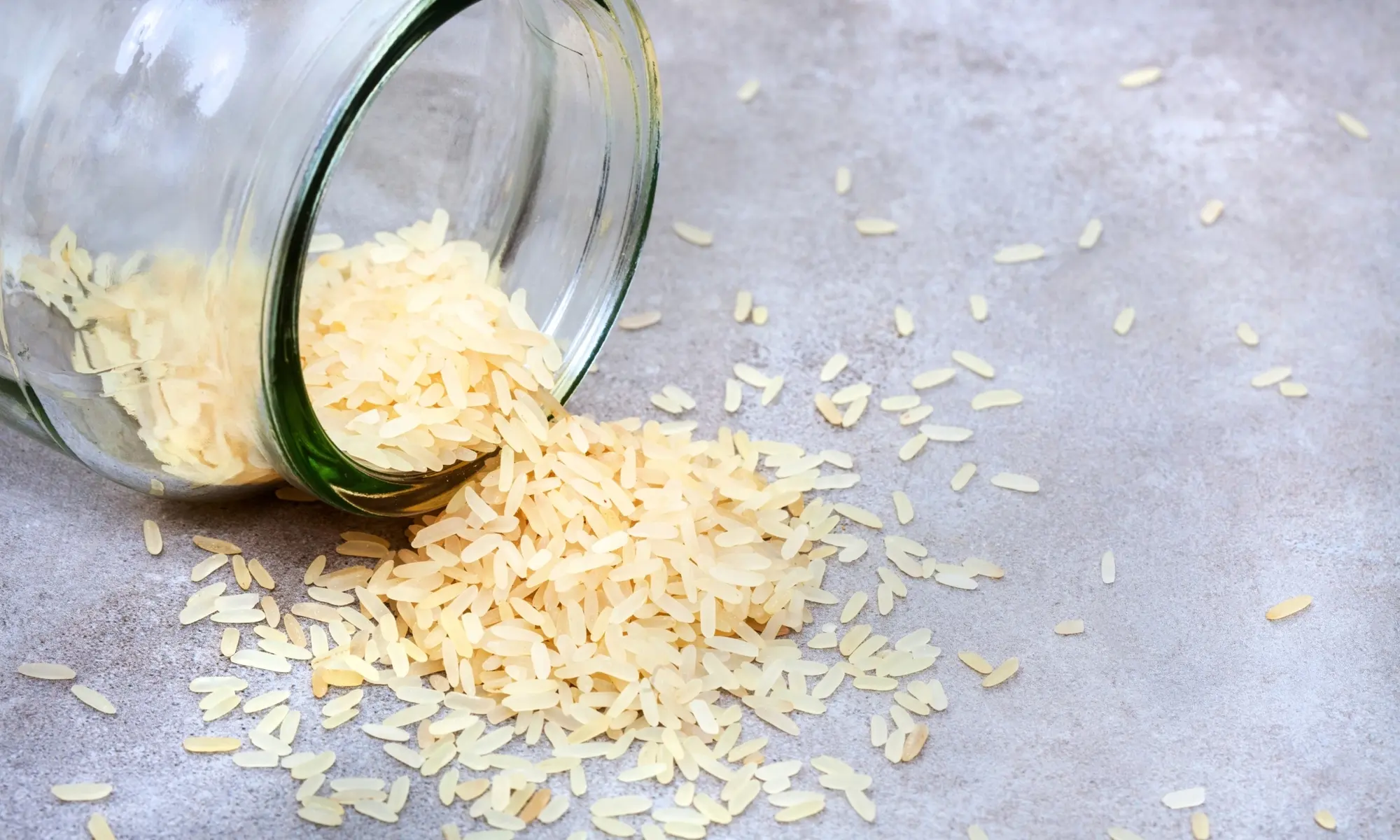Setting a healthy limit on how much debt you can take on
Wisdom in Borrowing , DebtAt first, it’s manageable – a new couch here, a weekend getaway there, weekly brunches at the latest spots in town to keep up with the Gram. But months pass by, and then suddenly your bills begin to whisper louder than your paycheck.

For many, borrowing can be a helpful tool – a bridge between where they are and where they want to be. But without clear personal boundaries or limits, debt can quickly turn from a temporary aid into a lifelong burden. Before you start setting a limit on how much money you're willing to borrow, think about how many times in the past month your bank has called to offer you a credit card? How many newsletters are currently sitting in your junk mail luring you into applying for their store card and tempting you with 15% off on your first R1 000 purchase? It's easier than ever to slip into debt without fully realising the long-term consequences.
Why you need a debt limit
Remember that setting a limit on how much debt you’ll allow yourself is a conscious decision to live within your means, preserve your peace of mind, and steadily improve your financial health. Like any boundary, it only works if you stick to it. And when you do, you’ll thank yourself.
Debt isn't inherently bad. When used responsibly, it can really help build your credit score, help finance your educational aspirations, or even help you towards purchasing a new home. But every financial commitment today reduces your freedom tomorrow, which is why setting a personal limit on how much debt you’re willing to carry can help protect your financial health, emotional well-being, and personal autonomy. Always remember that it is wise to only borrow for things that have long-term, lasting values – like your house or flat, your children’s education, or maybe a car.
Why it’s important to know your current debt situation
Before setting a boundary or limit, you need a full picture of your current obligations: from the weekly coffee runs you swipe on your credit card while doing your weekly food top shopping to the store card you might have taken out when you graduated. To get the full picture start by:
- Listing all your debts: This includes credit cards, personal loans, student loans, car loans and home loans. Writing down your personal borrowing limit will help you honour your word to yourself. For example: "I will only use my credit card for necessary expenses that I can pay off in full each month." "My monthly credit card spending limit is R3 000 and I will never carry more than 25% of my total credit limit as a balance owing." "If my credit card limit is R10 000, I should never owe more than R2 500 at any point in time."
- Take note of all interest rates, minimum payments, and payoff timelines: Don’t be caught off guard. Always check your bank statement and be mindful of any increases. When you are repaying your debt, try to first pay off the debt with the highest interest rate.
- Calculate your debt-to-income ratio: Experts agree that a healthy debt-to-income ratio should be less than 35% – so if you earn R10 000 per month, no more than R3 500 should be used towards repaying debt (capital and interest). If you find yourself having to pay more than this per month, then you probably have too much debt and have exceeded a wise debt limit.
Create alternatives to borrowing
Often, we borrow because we don’t have enough cash on hand and emergencies always seem to pop up – from a burst pipe to having to replace a car tyre. You can start preparing for those emergencies by creating a buffer so that in the future you won’t have to keep borrowing. Here are a few examples of what you can do:
- Build an emergency fund. You can start with a small amount and then aim to increase your fund over time to cover 3–6 months' worth of your expenses. Put this amount into a special savings account, and don’t touch it unless it is for a genuine emergency.
- If you can, save in advance for big purchases instead of financing them through buy now, pay later options or credit cards.
- Explore side income opportunities to reduce reliance on credit during tight months.
Remember that setting a limit on how much debt you’ll allow yourself is a conscious decision to live within your means, preserve your peace of mind, and steadily improve your financial health. Like any boundary, it only works if you stick to it. And when you do, you’ll thank yourself.
For more information and resources you can do our Money Values course which examines your current attitudes, behaviour and values around each of our money values: honesty in earning, responsibility in spending, self-control in saving, wisdom in borrowing and generosity in giving.

Bonolo Mokua
Bonolo is a multimedia journalist and content creator at Heartlines. She has experience in online and radio media production and helps spread the Heartlines message on multiple platforms.
Featured





